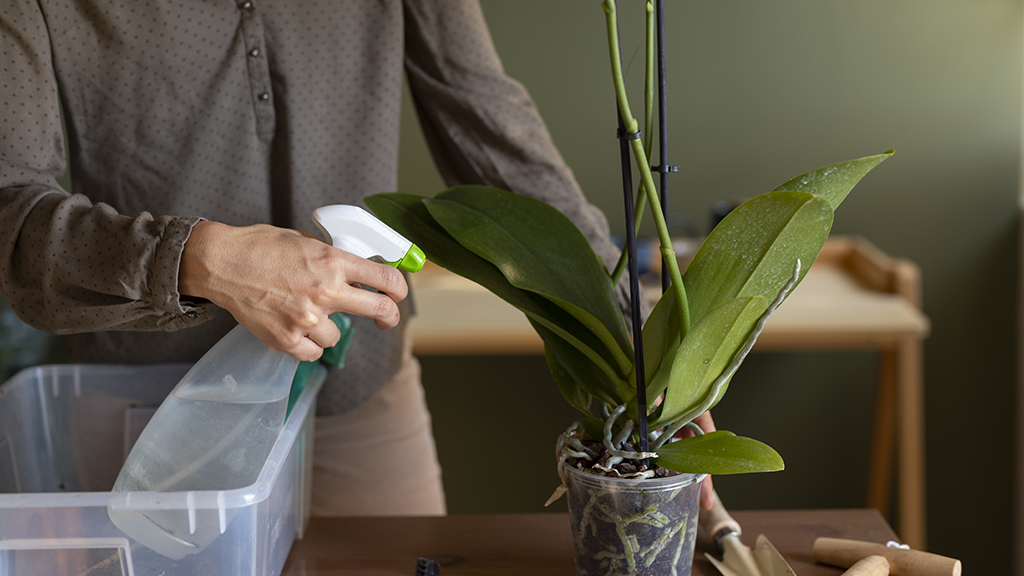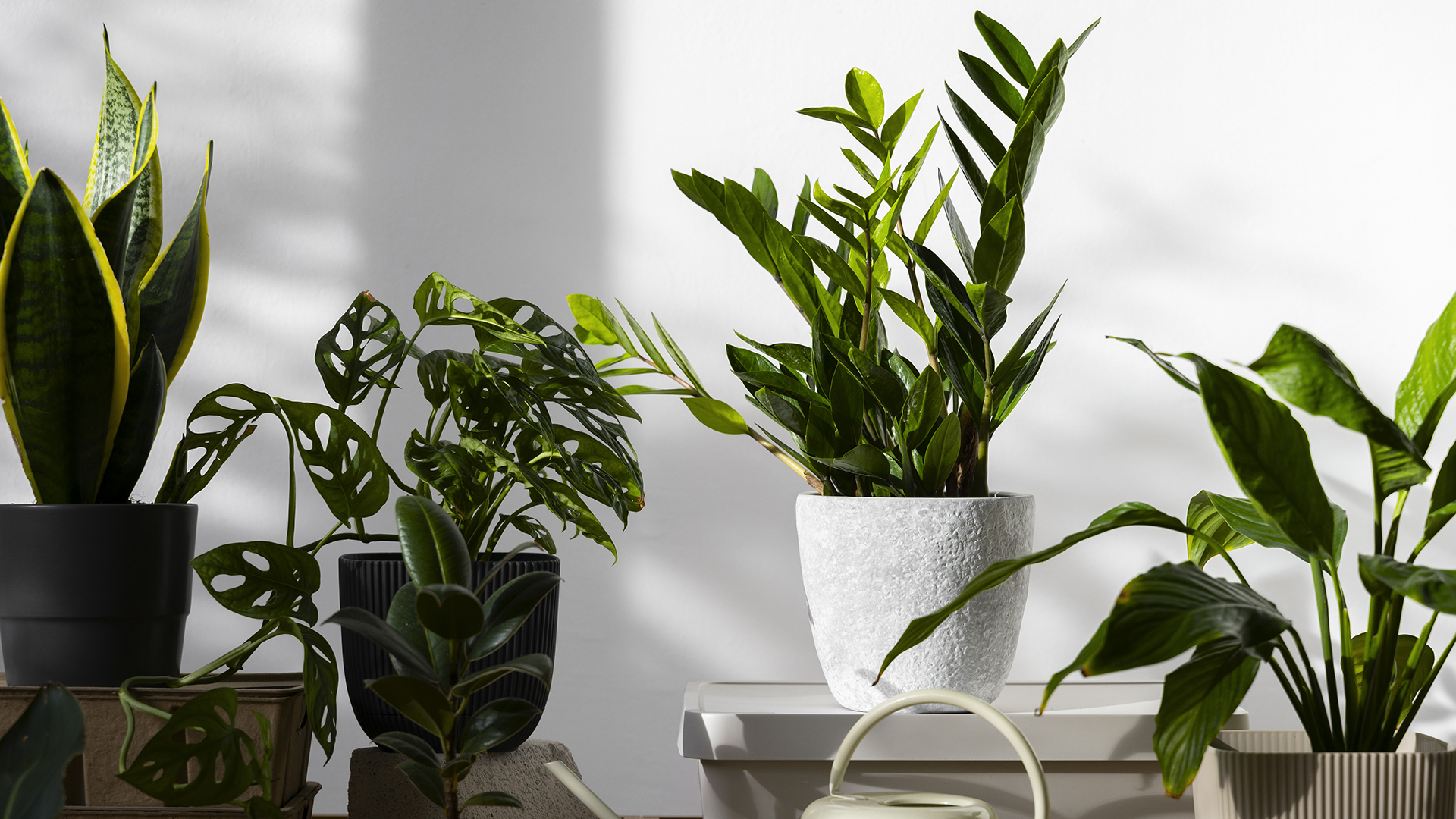The role of hydrogen peroxide in plants
Oxygenated water, or hydrogen peroxide (H₂O₂), plays several important roles in plants. Here are some relevant functions:
Disinfectant Agent: Hydrogen peroxide has antimicrobial properties and is often used to disinfect surfaces and gardening equipment. In appropriate doses, it can help fight pathogens in roots and soil.
Growth stimulation: In low concentrations, hydrogen peroxide can stimulate plant growth. It can help increase nutrient absorption and soil oxygenation, promoting healthier root development.
Oxidation and Signalling: H₂O₂ acts as a signalling agent in plants and is involved in the response to environmental stresses such as drought or pathogens. It is part of the signalling network that helps plants adapt to different conditions.
Production of Free Radicals: Although in excess it can be harmful, in controlled quantities, H₂O₂ can be a stress signal that allows plants to activate defence mechanisms.
Improving Soil Aeration: Applying oxygenated water to the soil can also help increase aeration, benefiting the roots by providing a more oxygenated environment.
Promoting healing: In plants that have suffered cuts or damage, H₂O₂ can help with healing, contributing to the recovery of injuries.
It's important to remember that the use of hydrogen peroxide should be done with care, as high concentrations can be toxic to plants. It is always advisable to carry out tests on small quantities before applying on a large scale.
Recipe for Hydrogen Peroxide for Plants
Ingredients:
Hydrogen peroxide 3% (can be found in pharmacies or supermarkets)
Water (filtered or distilled)
Instructions:
Dilution: Mix 1 part 3% hydrogen peroxide with 3 parts water. This results in a diluted solution that is safe for most plants.
For example, you can use:
1 tablespoon hydrogen peroxide 3%
3 tablespoons of water
Application: Use this diluted solution for:
Water the plants, especially if you are trying to combat fungi or pathogens in the soil.
Apply directly to the leaves (testing one leaf first to make sure the plant doesn't react negatively).
Frequency: Apply this solution every 2-4 weeks, depending on the plant's needs and the soil conditions.
Warnings:
Always carry out a test on a small area of the plant before applying a new solution to ensure it doesn't cause damage.
Avoid using too much hydrogen peroxide, as it can be harmful if the plant is exposed to high concentrations.
Store the solution in a dark container, as light can degrade the hydrogen peroxide.
Using hydrogen peroxide properly can be a great way to keep your plants healthy!
How often should I water a plant?
The frequency of watering a plant depends on various factors, such as the type of plant, the climate, the size of the pot, the season and even the lighting.
Here are some general tips:
- Succulents and cacti: usually need very little water. Water every 15 to 20 days, allowing the soil to dry out completely between waterings.
- Indoor plants (such as boa, peace lily)water for 7 to 10 days. Make sure the soil is dry to the touch before watering again.
- Outdoor plants with direct sunlight: these plants generally need more frequent watering, 2-3 times a week, especially in summer.
- Aromatic herbsBasil and rosemary: like basil and rosemary, they prefer moist soil. Water 1 to 2 times a week, always checking that the soil is moist.
The best way to know when to water is to always check the soil moisture with your finger - if it's dry, it's time to water.
How to care for indoor plants in winter
Adequate lightingDuring the winter, the days are shorter and lighting can be insufficient. Place your plants near windows where they receive natural light. If necessary, consider using grow lamps.
Temperature control: Most plants prefer temperatures between 18°C and 24°C. Avoid places with cold draughts, such as near poorly sealed doors or windows.
Humidity: Winter air can be very dry, especially if you use heating. To increase humidity, you can use a humidifier, place trays of water near the plants or even spray water on the leaves.
Watering: Indoor plants generally need less water in winter, as their growth slows down. Check the soil moisture before watering; it should be dry to the touch. Avoid waterlogging, as this can lead to root rot.
Fertilisation: Many plants go dormant in winter and don't need fertiliser. Stop fertilising until spring, when growth starts again.
Pruning: Prune away dry or damaged leaves to keep your plants healthy. This also helps to promote new growth when spring arrives.
Care routine: Always keep an eye on your plants regularly. Look for signs of pests or diseases and treat them immediately.
By following these tips, indoor plants should stay healthy and happy throughout the winter months!



